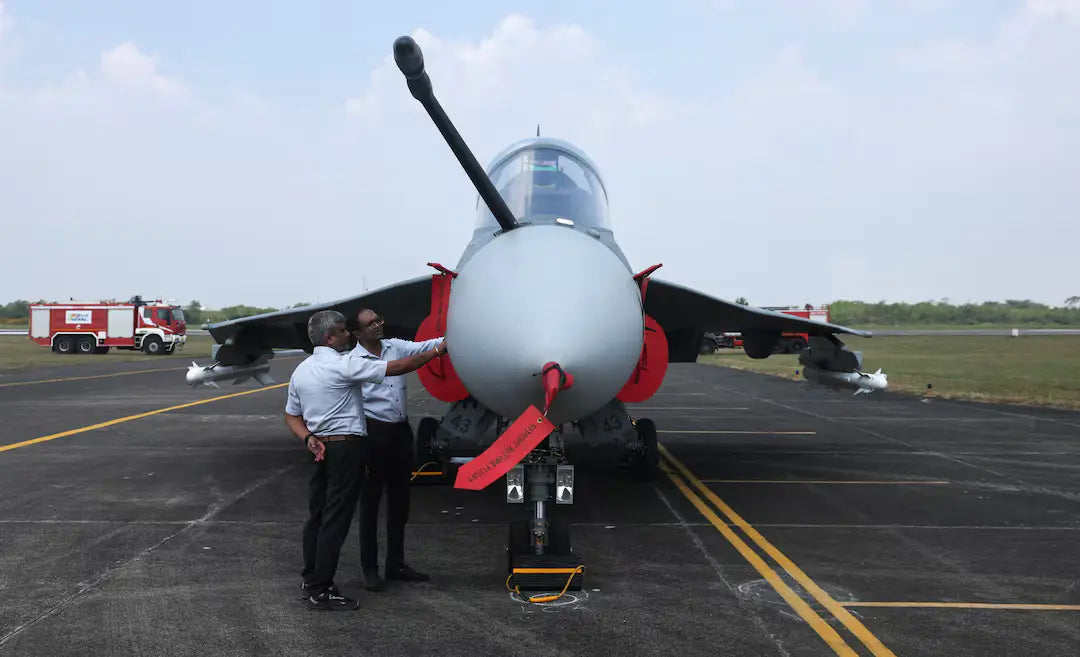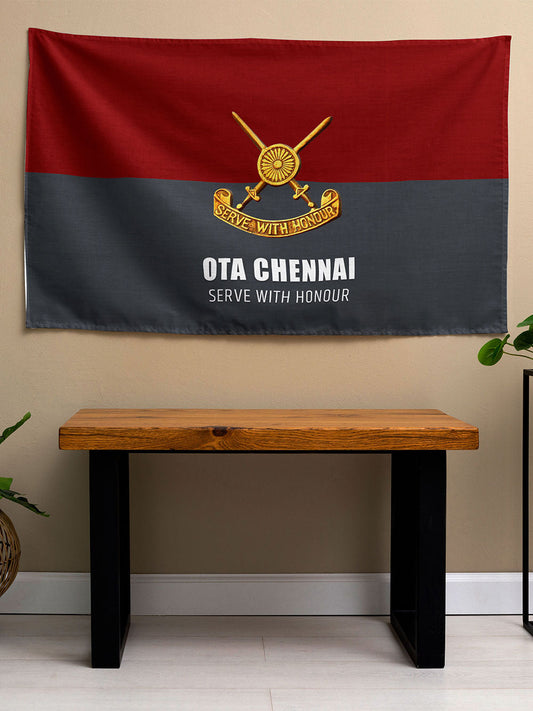India Commits $7.4 Billion to Develop Indigenous Fighter Jet Engine Programs by 2035

India is planning an investment of approximately ₹654 billion, roughly $7.44 billion, over the next ten years to develop and acquire fighter jet engines for its military aviation projects through 2035. This initiative is part of a broader strategy to achieve self-sufficiency in critical aerospace technologies and reduce reliance on imported propulsion systems.
SV Ramana Murthy, the Director of the Gas Turbine Research Establishment (GTRE), stated that the country requires about 1,100 aircraft engines for various fighter platforms currently under development. These platforms include the TEJAS MK-1A, TEJAS MK-2, and the upcoming Advanced Medium Combat Aircraft (AMCA).
The indigenous Kaveri turbofan engine project in India has faced several technical obstacles, such as limitations in thrust-to-weight ratio and issues with high-altitude reliability. Researchers are now focusing on developing derivative versions of the Kaveri engine for use in unmanned combat aerial vehicles (UCAVs) and future light aircraft, enabling phased technology integration and gradual enhancement of domestic capabilities.
Murthy stressed the necessity of creating a robust domestic ecosystem for engine manufacturing. This includes establishing high-altitude test facilities, advanced material research laboratories, and precision turbine blade manufacturing centers. He underlined the importance of developing a skilled supply chain and a strong industrial base to support high-performance aerospace propulsion needs.
Concurrently, India is in discussions with international partners for the co-development of engines for the AMCA program. Leading global aerospace companies like Safran from France, Rolls-Royce from the UK, and General Electric from the US are interested in participating in this strategic collaboration. This effort aims to merge foreign technological expertise with Indian engineering, thereby increasing indigenous content in future engine variants.
The first prototype of the AMCA is expected to be completed by 2028, featuring stealth capabilities, advanced avionics, sensor fusion, and engines capable of supercruise, placing India among the few nations developing fifth-generation fighter technology.
In a significant policy shift, the Indian government has allowed private industries to participate in engine and aircraft production contracts, reducing the dependence on Hindustan Aeronautics Limited (HAL). This approach is intended to speed up production timelines, enhance competition, and expand India’s defense manufacturing base.
Under the leadership of Prime Minister Narendra Modi, the government continues to promote the Atmanirbhar Bharat initiative in defense manufacturing. This policy encourages global Original Equipment Manufacturers (OEMs) to establish joint ventures with Indian companies. By investing in both indigenous and collaborative propulsion programs, India aims not only to equip its future air fleet but also to become a leading aerospace hub with the capability to export advanced engine technologies in the future.



















